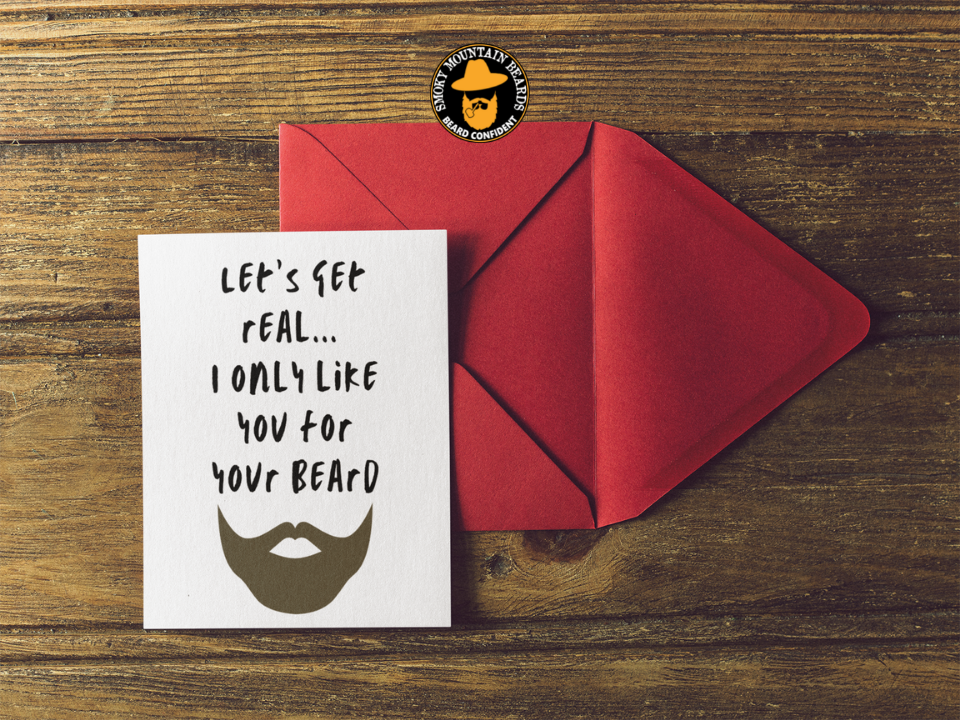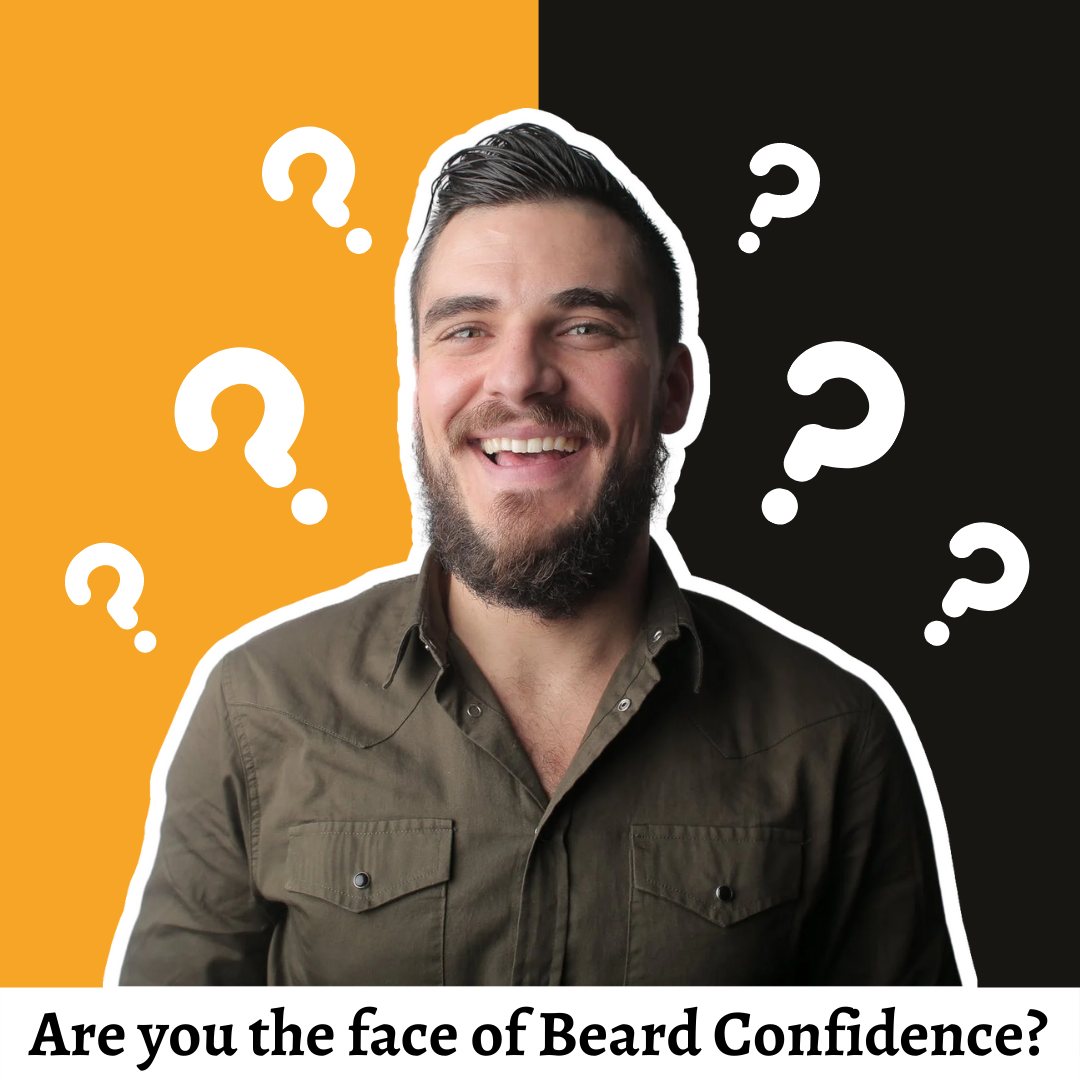What Causes Beard Dandruff, and How Can You Fix It?

Beard dandruff or beardruff, as some call it, has a variety of root causes. When it comes to getting rid of beard dandruff, it is super important to understand why you have dandruff in the first place. The solution to one potential cause could exasperate another potential cause. Read on to:
- Learn to identify the differences between the most common causes of beard dandruff
- Learn at-home remedies for beard dandruff
- Find out when it's important to see a doctor
Dry Skin
Sometimes, dandruff is just flakes of dry skin. In that case, the solution is to nourish and moisturize the skin so that it’s not so dry that it flakes off. Dandruff from dry skin is often white in appearance.
Around your body, bits of your skin are constantly sloughing off. That’s a part of the natural cycle of making room for the new skin that your body creates. The solution to this type of dandruff is often a very simple one. You’re supposed to have dead skin that flakes away, but you don’t want that skin to sit in your beard and create an unsightly problem. You need to get those flakes out of your beard.
Make sure to gently agitate the skin in and around your beard whenever your wash your beard or apply products. Although flakes may fall down the length of your beard, they all start on the skin. Use the pads of your fingers, not your nails, to really work products into the skin and lift any flakes up and off the surface of the skin. Then, use your favorite comb or brush to focus on gently scraping the surface of the skin and stroking down the length of your beard. This will physically remove the flakes.
When you focus the products on your skin, you will also be solving another problem. Sometimes, dandruff comes from the skin being too dry or simply dirty from a buildup of oils and dead skin. If you’re really working both soap and moisturizers into the skin on a regular basis, you can eliminate these problems.
Seborrheic Dermatitis
Oily skin can also cause beardruff. If there is an overproduction of sebum on your beard, you can develop a skin condition called seborrheic dermatitis. This happens when you have so much sebum that the natural oil produced by your skin builds up into yellowish scales. When these scales flake up, they can cause dandruff that has more of a yellow hue.
Yellowish dandruff is a tell-tell sign of seborrheic dermatitis. Seborrheic dermatitis may also be apparent when you examine the surface of your skin. Regular dandruff is white and flaky. Before the particles flake off, seborrheic dermatitis looks more like scaly plates that may cover the surface of the skin and enmesh hair follicles within them.
Seborrheic dermatitis is a skin condition best left treated by a doctor. It can have a variety of root causes. A medical professional can figure out why it’s happening and determine how to treat it. It could be something as simple as using too much oil in your beard care routine or something as complicated as a food sensitivity or autoimmune problem.
Fungus
Malassezia globosa is a fairly common type of fungus. Like bacteria, fungus is a part of our world, so it does not always cause a problem. However, this otherwise harmless form of fungus is a common cause of beard dandruff. When Malassezia gets lodged in the hair follicles, it causes inflammation. To try to fight the fungus, skin cells start to slough off much faster than usual, and you get lots of flakes in your beard.
A serious issue with fungus only has one treatment, and that is medication. There are various over-the-counter anti-fungal shampoos, and you can get a prescription from a doctor. Look for active ingredients like ketoconazole, pyrithione zinc, and selenium sulfide.
Find one that works for you and implement it into your beard care routine according to the instructions. Usually, getting rid of any fungus is a long game. Even if the dandruff clears quickly, which it probably will, you may need to continue using the anti-fungal shampoo for a month or more to make sure that the fungus goes away and stays away.
To skip the trial and error of trying to find the right shampoo for you, a dermatologist may be able to identify the exact type of shampoo that is best for your scenario. Some medicated shampoos are a little on the harsh side so you may need to increase your use of beard oil and other products to nourish the skin while using medicated shampoo.
As another means of long-term fungus prevention, look at what factors create a good environment for fungus in your beard. Excess water and sugar both cause an overgrowth of fungus.
Different hair follicles have different levels of porosity. One man may be able to leave the house with a damp beard and have a bone-dry beard within the hour because his hair follicles release water easily. Another man may leave the house with a damp beard and still have a little water left in his beard at the end of the day because his follicles do not release water easily. If you’re having a problem with dandruff, make sure to thoroughly dry your beard after you wash it.
Excess sugar in your diet can also promote the overgrowth of fungus on the skin because sugar is fuel for fungus. Remember that sugar does not just come in the form of things that taste sweet. Starches and carbohydrates like bread, corn, and potatoes are also full of sugar.



